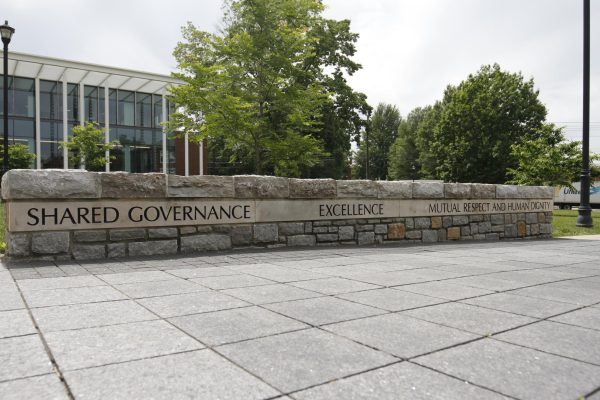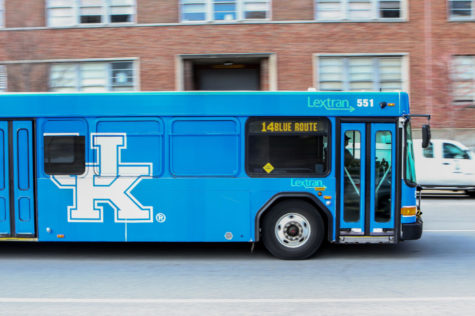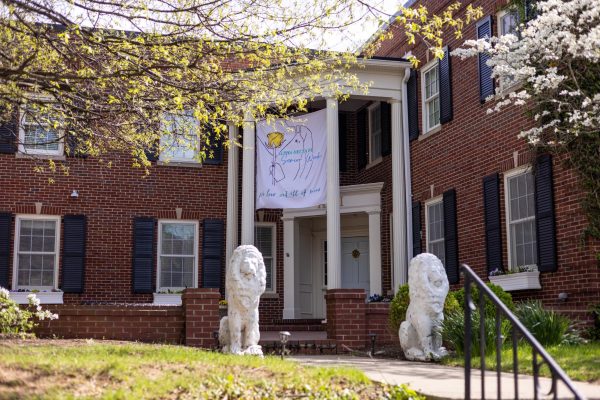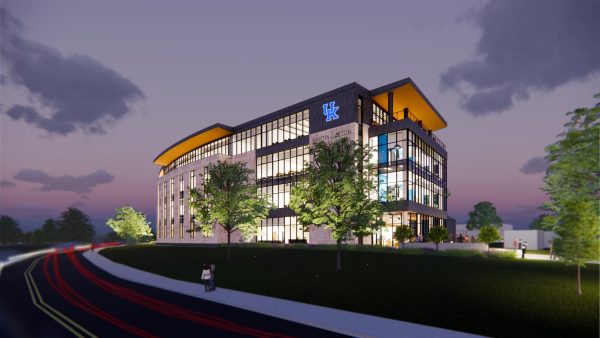UK class explores futuristic options for mass transit in Lexington
November 7, 2007
Civil engineering students and the Lexington Transit Authority are researching different ways to improve public transportation in Lexington.
The students’ system design class are exploring transit systems that could alleviate parking problems and roadway congestion, improve air quality, connect downtown to Lexington colleges and bring in more business for the downtown area.
Half the class is researching the potential for an elevated train system that would link Transylvania University, UK, downtown and the Coldstream Research Campus. The other half of the class is researching a futuristic subway-taxi service.
The elevated system, or Automated Guideway Transit system, can transport hundreds of people at a time above traffic and traffic lights and has a top speed of 60 mph.
The taxi-train system is called a Personal Rapid Transit system. It would transport fewer people than the AGT system does but would be more accessible with stations throughout the city and cars that would stop within a block or two of patrons’ desired destinations, said Ben Hornback, a civil engineering senior and an AGT group member.
“AGT and PRT systems can both solve the problems, but they solve them in almost completely opposite ways,†Hornback said.
No PRT systems exist, but cities in Japan have embraced the AGT system.
LexTran has a similar goal of creating a more unified Lexington, but has started working on a different approach: trolleys.
Trackless trolleys were introduced to Lexington in 1982 but eliminated by LexTran in late 1997 because of the cost, said Dave Riggins, LexTran’s director of community affairs. However, prompted by recent public interest, LexTran is hosting a series of public meetings to discuss bringing it back.
“Trolleys are a sentimental thing,†Riggins said. “A lot of people really loved them and there’s a lot of interest in bringing back the trolleys.â€
LexTran is investigating the feasibility of the project and is taking public input back to the newly established Downtown Circulator Steering Committee, composed of representatives from the Lexington Chamber of Commerce, UK, Transylvania University and private developers. The system would run in the downtown area.
“We’re going to be implementing some kind of downtown circulator, we just don’t know what that critter is going to look like yet,†Riggins said.
Other cities, such as Louisville and Boston, have trackless trolley systems in use. But trolleys would not be as useful as the train systems in solving congestion problems, Hornback said.
“The trolley system would still have problems because they deal with traffic and require a traffic lane,†Hornback said.
Kendall Zaborowski, a civil engineering senior and the PRT group leader, said he thinks Lexington’s population may not warrant the size or cost of his class’ proposed systems.
Cost and efficiency are primary concerns in any mass-transit situation, Riggins said.
“There are a lot of great ideas out there, but they’re not always cost effective,†he said.



















































































































































